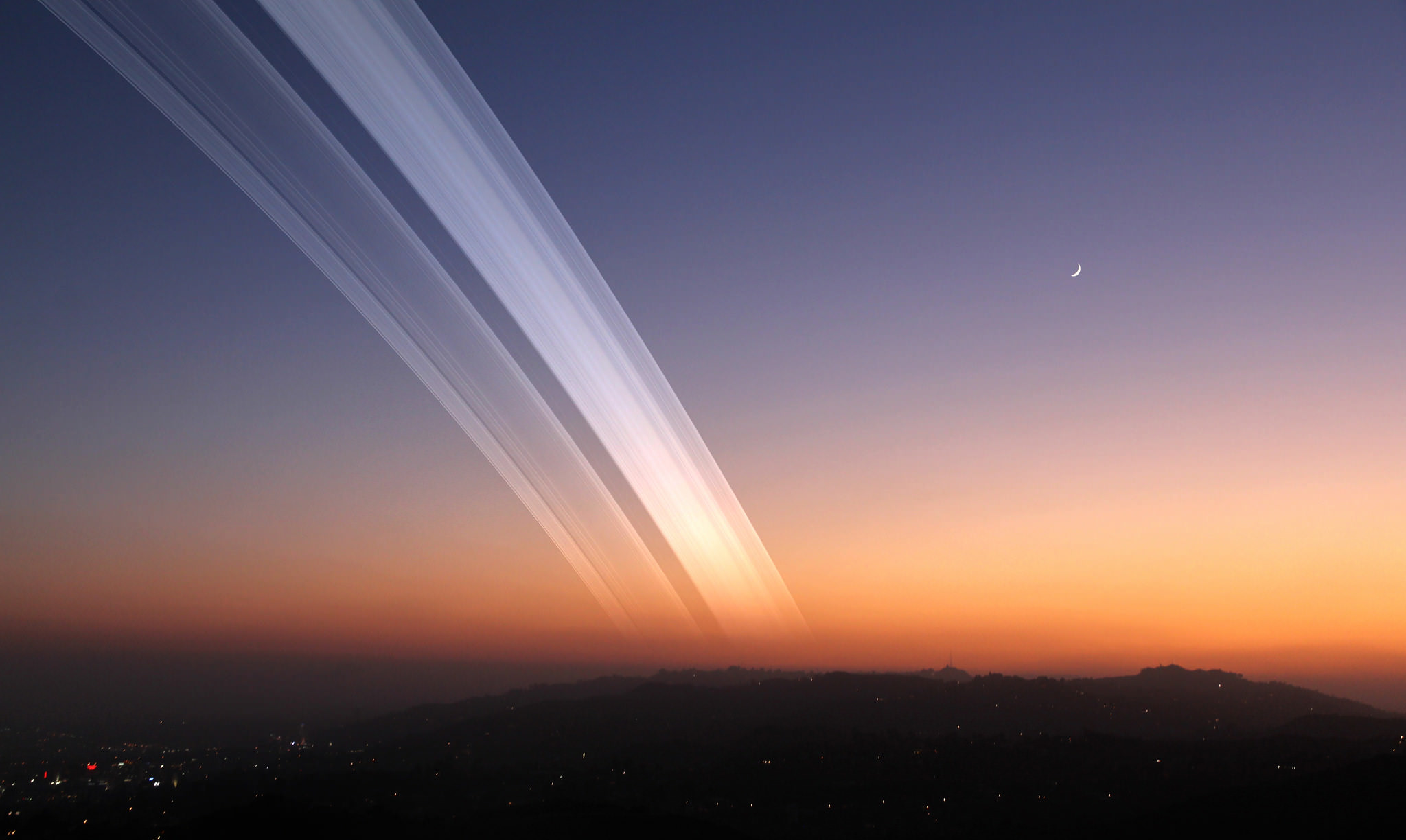Auroras happen when charged particles within solar winds go through Earth’s magnetic field. Solar winds are fast moving, plasma particles discharged by sunspot regions, areas where the Sun’s magnetic fields become tangled and burst. These particles bump into different atomic elements, such as nitrogen and oxygen, to create ions in excited states that release light at numerous wavelengths and give an aurora its color. Auroras are usually pink, green, yellow, blue, and violet. Sometimes, auroras can be orange and white as well. The color of an aurora is dependent on altitude as well as what molecular or atomic elements the particles bump into. For example, particle collisions with oxygen generally produce an aurora that is yellow and green while particle collisions with nitrogen usually generate an aurora that is red, violet, and sometimes blue. Additionally, other planets like Jupiter, Saturn, Uranus, and Neptune can have auroras, but they are slightly different from the ones on Earth.
In the Northern Hemisphere, auroras are called aurora borealis or the northern lights whereas in the Southern Hemisphere, they are known as aurora australis or the southern lights. The northern lights can best be seen in Alaska, northern Canada, Norway, Sweden, and Finland. I have always wanted to see an aurora, so it looks like I have some new additions to my list of places to visit. Has anyone seen an aurora in person? If so, where?










